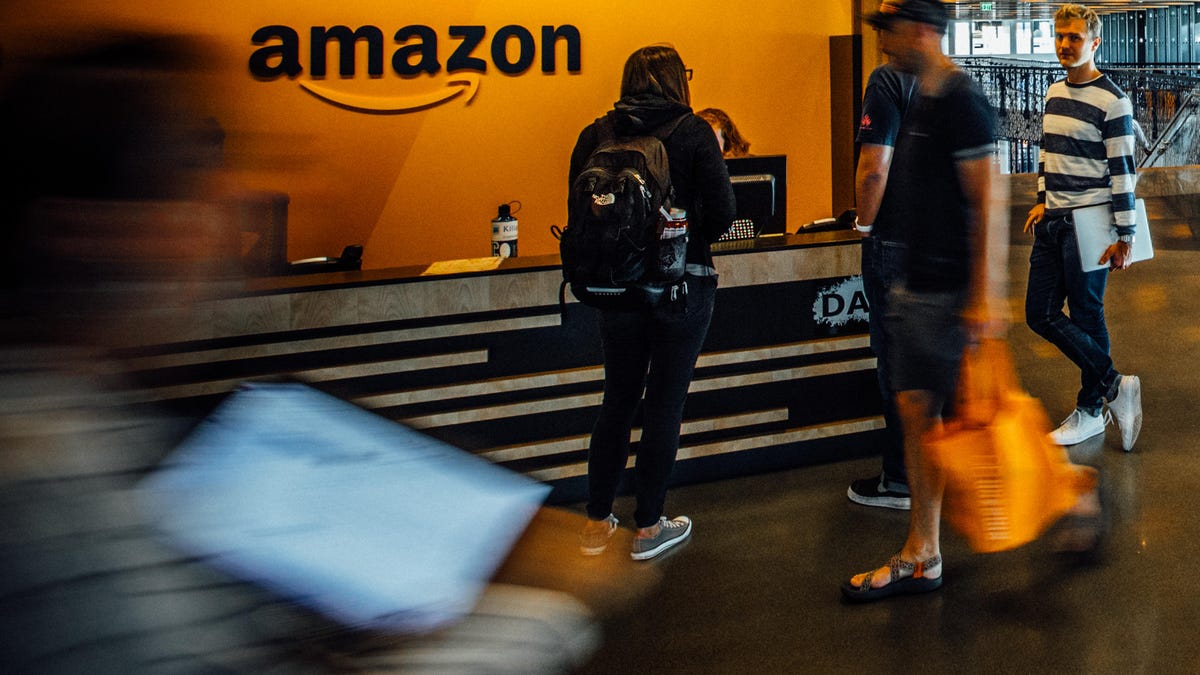How to activate 'Traffic Stop' mode on the Ring Car Cam
Ring's new connected camera for automotive features a mode that records and uploads video if you get pulled over.

Those keeping score might note the irony of Ring, an Amazon subsidiary that cozied up with police previously for surveillance with its home products, is now selling a camera for your car that can help protect travelers from the police on the road.
Public opinion on policing has changed significantly over the last year, becoming more hotly debated in the wake of a series of high-profile police killings and protests in support of the Black Lives Matter movement. Now, perhaps more than ever, people are training their cameras on law enforcement in an attempt to hold them accountable. Apple also recently debuted a Siri shortcut that automatically records police encounters for its iPhone, so Ring's new Ring Car Cam with its Traffic Stop mode isn't unprecedented. Let's dig into how to use the feature and how it works.
The Ring Car Cam installs on your car's windshield, much like any of the hundreds of other dashcams you'll find on the market. The unit features two cameras -- one pointing out at the road and one aimed into the cabin -- that record video as you drive. However, this device is also connected to the web via LTE (subscription required) and can upload video of specific events to the cloud for viewing in the Ring mobile app.
Usually, those events are fender benders while driving or bumps in the night while parked, but drivers can manually upload a clip with a command or, in the case of Traffic Stop mode, stream video to the cloud.
Just say 'Alexa, I'm getting pulled over'
The camera features a built-in Alexa voice assistant, which is how you activate the Traffic Stop feature. When you're being pulled over, simply say "Alexa, I'm getting pulled over." The Ring Car Cam will then verbally communicate that it is entering Traffic Stop mode and that it will be recording.
While Traffic Stop mode is active, video and audio captured by the camera is streamed to the cloud for retrieval later. At the same time, a notification will be sent to a list of emergency contacts specified by the user during initial setup.
Roadshow spoke with Ring's Head of Mobile Products, Nathan Ackerman in an interview prior to the announcement about how those contacts will interact with that notification.
"The most important thing in these situations is to make sure that you have the video and so we'll be streaming the video from the Car Cam to the cloud in real time," Ackerman said. "We're working through some of the ins and outs of exactly when the [emergency contacts] get notified, whether they can jump in and view the live stream or if it'll be available after the fact. For us, the key part of this is that key people are notified when a traffic event happens and they'll be able to get access to the video shortly."
Should you be concerned about privacy?
In a word, yes. The fact remains that this product is a camera that sits on your dashboard, sending video, audio and, presumably, GPS data to the cloud. That's before you consider the information that could be collected about your vehicle and driving habits if, like its sibling the Ring Car Alarm, the Cam connects to the car's diagnostics port. You should be a little concerned (or at least, aware of privacy concerns) anytime you bring a connected device into your home or car.
Ring and parent company Amazon have taken steps to improve privacy and transparency and have since allowed users to opt out of police video requests for their home security cameras and video doorbell products. It stands to reason that the same privacy controls will apply to or be available for the Ring Car Camera.

